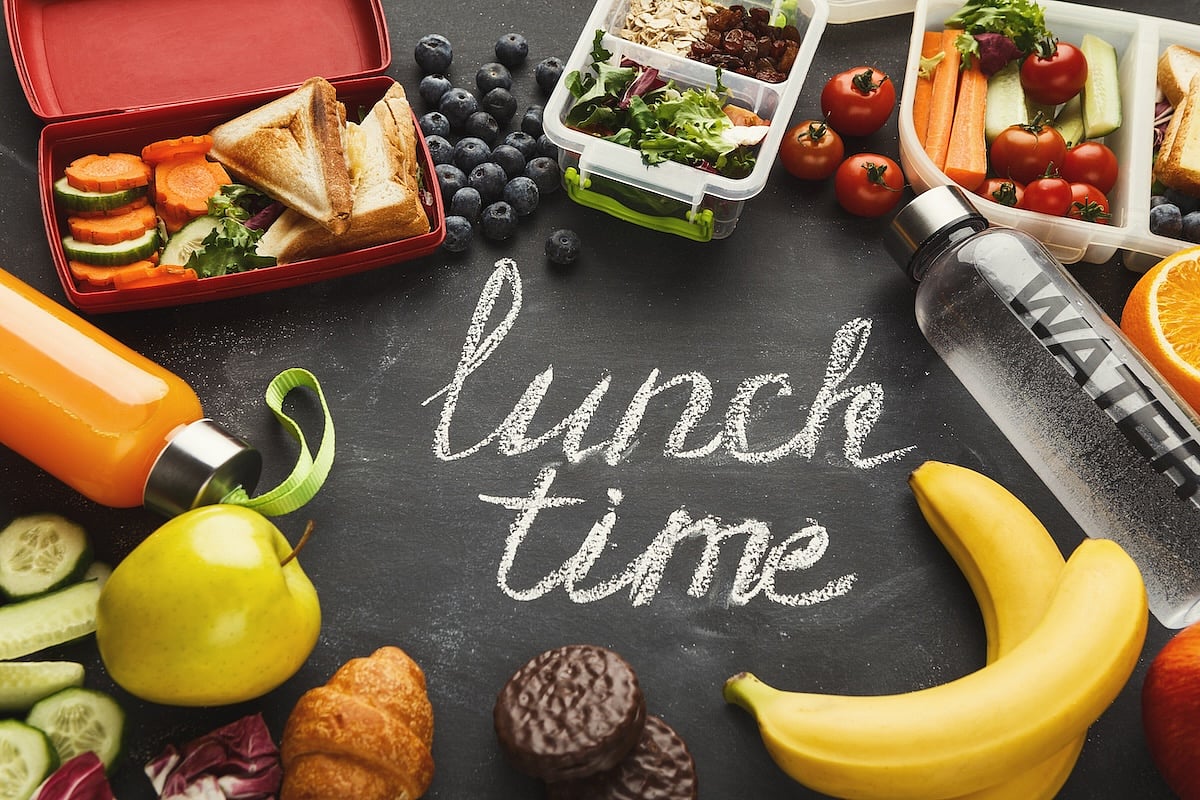ATTENTION ALL CUSTOMERS:
Due to a recent change in our pharmacy software system, all previous login credentials will no longer work.
Please click on “Sign Up Today!” to create a new account, and be sure to download our NEW Mobile app!
Thank you for your patience during this transition.
Get Healthy!

- Posted September 1, 2024
Follow These Steps to Tasty, Healthy School Lunches
Backpacks. Notebooks. Folders. Pencils. These are all essentials for a good start to your children's school year, but what about their nutrition?
As summer ends and kids return to classrooms, one culinary medicine expert offers up easy ways to help your children eat healthy foods during the school day.
School lunches have gotten healthier since last April, when the U.S. Department of Agriculture released new guidelines that lower sugar and salt levels and focus on whole grains.
Still, packing lunch at home can be a good choice if you want more control over what your child eats during the day, said Dr. Jaclyn Albin, an associate professor of internal medicine, pediatrics and public health at UT Southwestern School of Medicine.
"You and your kids don’t have to choose between nutritious and delicious," Albin said in a UT Southwestern news release. "With a little planning, you can craft healthy, tasty lunches that leave your kids full and satisfied. You don’t have to reinvent the wheel -- a lot of what my kids pack for lunch are leftovers from the previous day."
Where to start?
A well-balanced lunch should be about 50% fruits and vegetables. Incorporating a variety of colorful fruits and vegetables in school lunches boosts nutritional value and makes the meal more fun.
The remaining half of the meal should be whole grains, proteins and healthy fats that boost your child’s energy levels, Albin said.
Healthy fats can be found in avocados, nuts and seeds (just check school allergy policies first), and in fish such as trout, cod or salmon. Protein options include chicken, fish, turkey and tofu, Albin said.
"My favorite proteins are beans and lentils, which are versatile, affordable, and full of fiber," she added.
You can also pack simple snacks for your kids to keep their energy levels high throughout the day, such as fresh fruit, popcorn, low-sugar granola bars or homemade energy bites.
Now, some parents may worry that lunch will spoil before it’s time to eat, but a cold pack or insulated container can keep that from happening. Hot food should stay warm enough to be palatable, Albin said, but you can avoid cream or dairy-based foods if you are worried abut food going bad.
Still, even the tastiest meals can go to waste if your child has allergies or is a picky eater, Albin noted.
Many schools enforce food allergen restrictions, particularly for peanuts and tree nuts (such as almonds and hazelnuts), as well as shellfish. All students and visitors have to adhere to these restrictions, even if your own child doesn’t have allergies.
If your child does have allergies, there are often safe food alternatives, Albin said. For example, if your child loves peanut butter, try sunflower butter instead. Sunflower allergies exist, but they’re very rare, she added.
What if your child is a picky eater? First ask your child to write down everything he or she likes to eat: You might be surprised by the proteins, fruits and veggies they mention. If they need a little inspiration, ask them to think of foods in five different colors, Albin suggested.
Getting your kid involved in meal prep can be another way to curb picky eating, she added, because kids might be more willing to eat something they prepared.
When packing your child's lunch, don't forget they also need hydration during the day, Albin said.
According to the U.S. Centers for Disease Control and Prevention, half of all kids and adolescents are under-hydrated, and 1 in 5 don’t drink plain water during the day.
It can be a surprising struggle to get kids to drink water, Albin acknowledged.
"One way my family has dealt with keeping our kids properly hydrated is by making water fun," she said. "Flavor it with frozen fruit and herbs, such as strawberry and mint or pineapple and mango dropped in a pitcher to soak overnight."
More information
The U.S. Centers for Disease Control and Prevention has more on school lunch programs.
SOURCE: UT Southwestern, news release, Aug. 21, 2024






